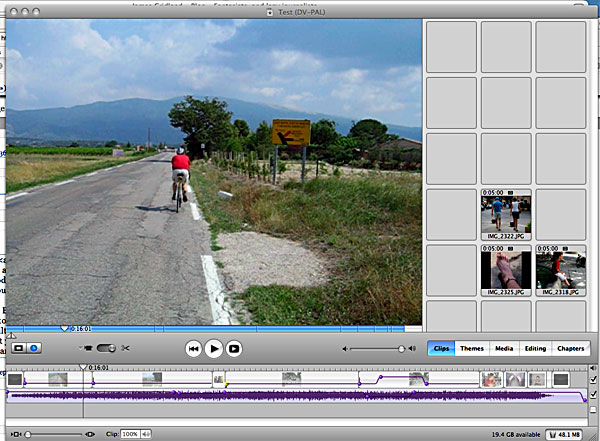Peter Wayner gave an interesting talk at Google pointing out the downsides of the decline in print journalism and suggesting some things that might be done about it. Here’s one of his ideas:
Let me say that I’m a big believer in fair use. I think it’s very important for people to be able to quote frequently and liberally. But some blogs take this to an extreme. It’s easy to find blogs that are 80, 90, even 95 percent borrowed text. Some frequently cut huge chunks of an article and then wrap it with the thinnest amount of comment. Not surprisingly, some of these folks are big believers in “fair use”. I can think of one blog where the writers spend more time agitating for fair use than they do writing their thin, snarky wrapper around huge blocks of borrowed text.
I don’t think these sites are necessarily bad, but I think they end up taking an unfair amount of the return on the content. Many sell ads and some even support nice lifestyles without consuming too much shoe leather in gathering the content.
So why not add another term to the exponentially growing PageRank equation. Declan McCullagh suggested this during dinner last night. Why not compute the fraction of the text that’s original and the fraction that’s borrowed? This is possible to do because most bloggers are kind enough to include a link to the original text. If they don’t, it’s usually possible for a few searches of complete sentences to find the original.
Let’s call this LeechRank. If 20% of the text is borrowed, let’s do nothing to the PageRank. If 50% is borrowed, we bump them down a few notches. If 80% is borrowed, let’s send them down 20 to 30 notches. And if 100% is borrowed, as some pirates do, well, let’s just knock them straight out to the bottom of the listings, sort of a way station on their trip to the circle in hell reserved for people who steal and destroy a person’s livelihood.
This is a very thoughtful speech. It highlights the fact that while the Web and the blogosphere can easily provide much of the crap (celeb gossip, lifestyle journalism, infotainment) that takes up so much space in today’s newspapers, there’s no indication yet that it could replace the expensive investigating and reporting that responsible newspapers (and broadcasters) do. In the UK, for example, Jonathan Aitken would have gone unpunished if the Guardian hadn’t taken a very risky legal stand and contested his libel action against the paper. The same thing happened recently when Alan Rusbridger challenged a gagging injunction that the Government had clapped against reporting a development in the “cash for honours” investigation.
Who in the emerging ecosystem will do things — take risks — like that? Google? Perish the thought.
I like the idea of a LeechRank!
Thanks to Tim O’Reilly for pointing me to the piece.

